With the PowerShot G7 X Mark II, Canon appears to have resolved the main issues of the model’s predecessor. Matt Golowczynski takes a closer look
Canon PowerShot G7 X Mark II review
Canon PowerShot G7 X Mark II review – Dynamic range, resolution and noise
Although we’ve seen what’s likely to be the same 20.1MP, 1in CMOS sensor and 28-100mm f/1.8-2.8 lens in previous models, the G7 X Mark II is the first recipient of the company’s latest DIGIC 7 processor. Alongside its operational advantages over previous engines, Canon claims this helps to reduce noise in images. The camera’s processing engine does a good job to keep this at bay, although you’ll want to stick to a range no greater than ISO 3,200 for best results. Dynamic range results are more or less what’s expected for such a sensor, with results on a par with many rival cameras at default sensitivities and a sound performance further up the ISO scale. Similarly, resolution figures show the camera to be very capable of recording a high level of detail at lower sensitivities, although in real-world shooting this is very dependent on the zoom position.
Dynamic range
With the same sensor as the G7 X, the Mark II produces similar results in our Applied Imaging tests. At the lowest sensitivities, we see very respectable readings in excess of 12EV. As the ISO is raised the dynamic range progressively drops, and the low readings beyond ISO 3,200 indicate unacceptable levels of noise in dark regions of the image. Overall, these figures compare favourably with those from other models equipped with similar 20MP, 1in sensors, and even certain Micro Four Thirds models.
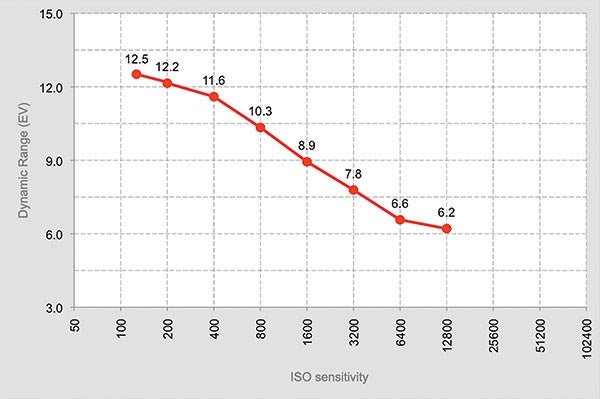
Resolution
The G7 X Mark II is capable of resolving around 3,200l/ph in JPEGs at its base sensitivity of ISO 125, which is a respectable result for such a sensor. Sadly, this isn’t maintained to the same extent as other cameras as sensitivity increases, falling to around 2,700l/ph at ISO 800, and around 2,400l/ph at ISO 3,200. The uppermost ISO 12,800 option shows the next big loss down to just 2,200l/ph, with contrast in real-world images significantly worse than that at the ISO 6,400 setting.
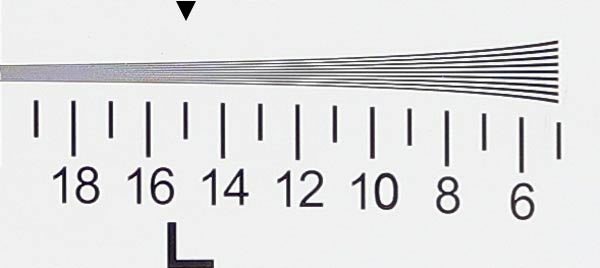
JPEG ISO 125
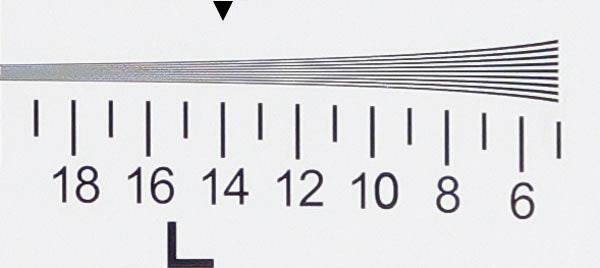
JPEG ISO 400
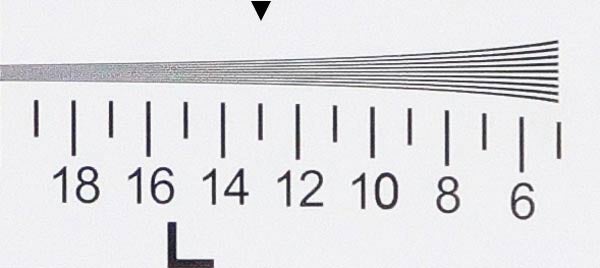
JPEG ISO 1,600
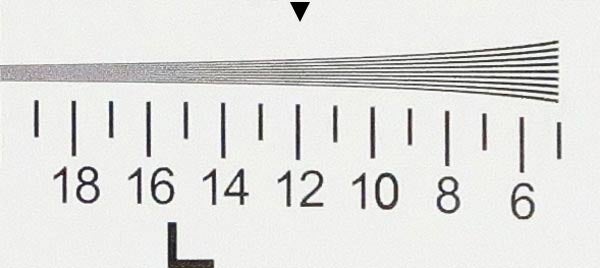
JPEG ISO 3,200
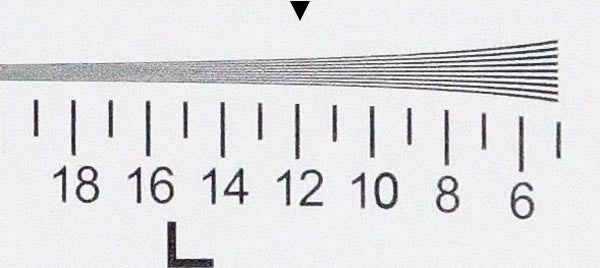
JPEG ISO 6,400
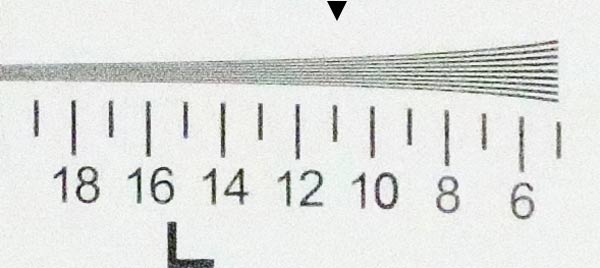
JPEG ISO 12,800
Noise
Both raw and JPEG images taken from our diorama scene are captured at the full range of ISO settings. The camera is placed in its default setting for JPEG images. Raw images are sharpened and noise reduction applied, to strike the best balance between resolution and noise.
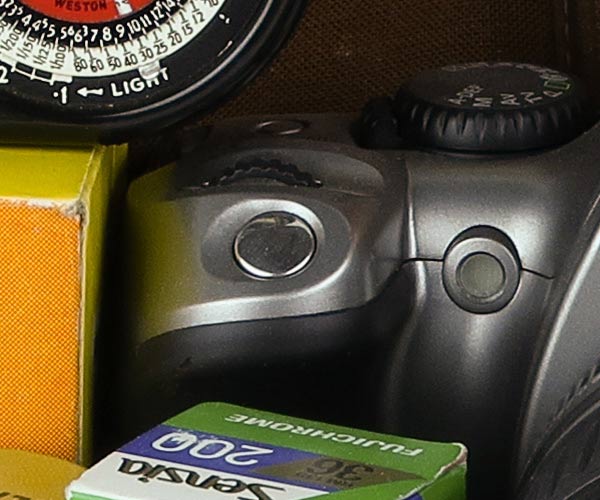
JPEG ISO 125
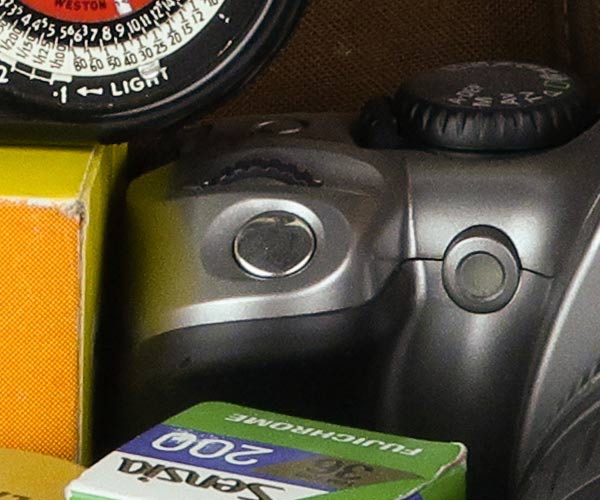
JPEG ISO 400
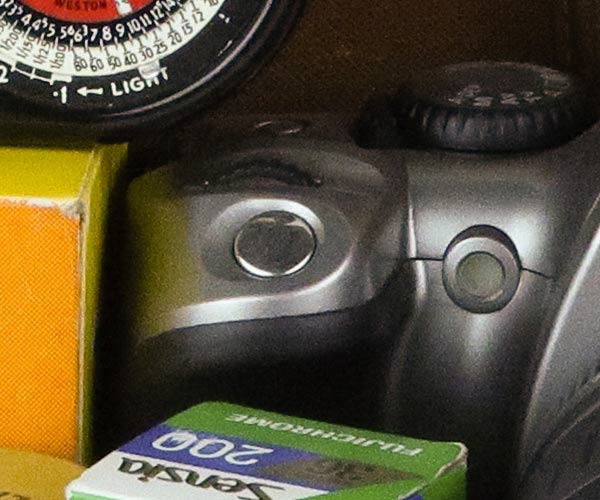
JPEG ISO 1,600

JPEG ISO 3,200
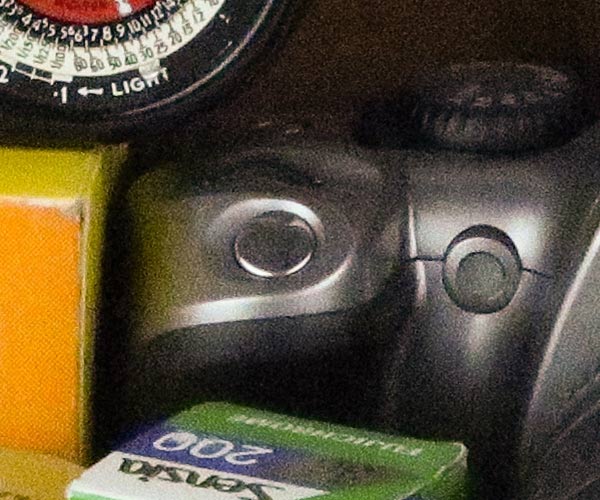
JPEG ISO 6,400
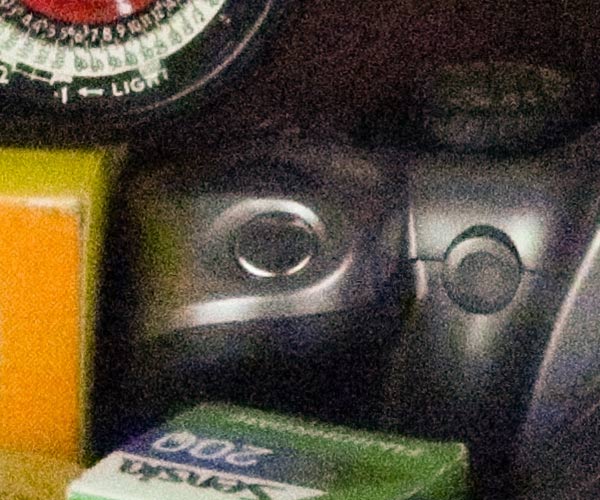
JPEG ISO 12,800
Although some noise can be seen at all sensitivities, the first point at which it dominates featureless areas is at ISO 800. It rises steadily after this point and is generally well controlled until ISO 6,400, where the drop from ISO 3,200 is more noticeable and details degraded. As is often the case, the last ISO 12,800 setting shows a more pronounced fall in quality, with noise ravaging fine detail, and both contrast and saturation dropping considerably. The camera offers three levels of noise reduction for JPEGs, with the Low setting doing an excellent job of drawing out chroma noise to leave just the texture of luminance noise. This results in images retaining far better integrity than with the more aggressive noise-reduction systems found on many other models. ISO 3,200 would be a good upper limit to set, but ISO 6,400 can be usable with careful post-processing.




